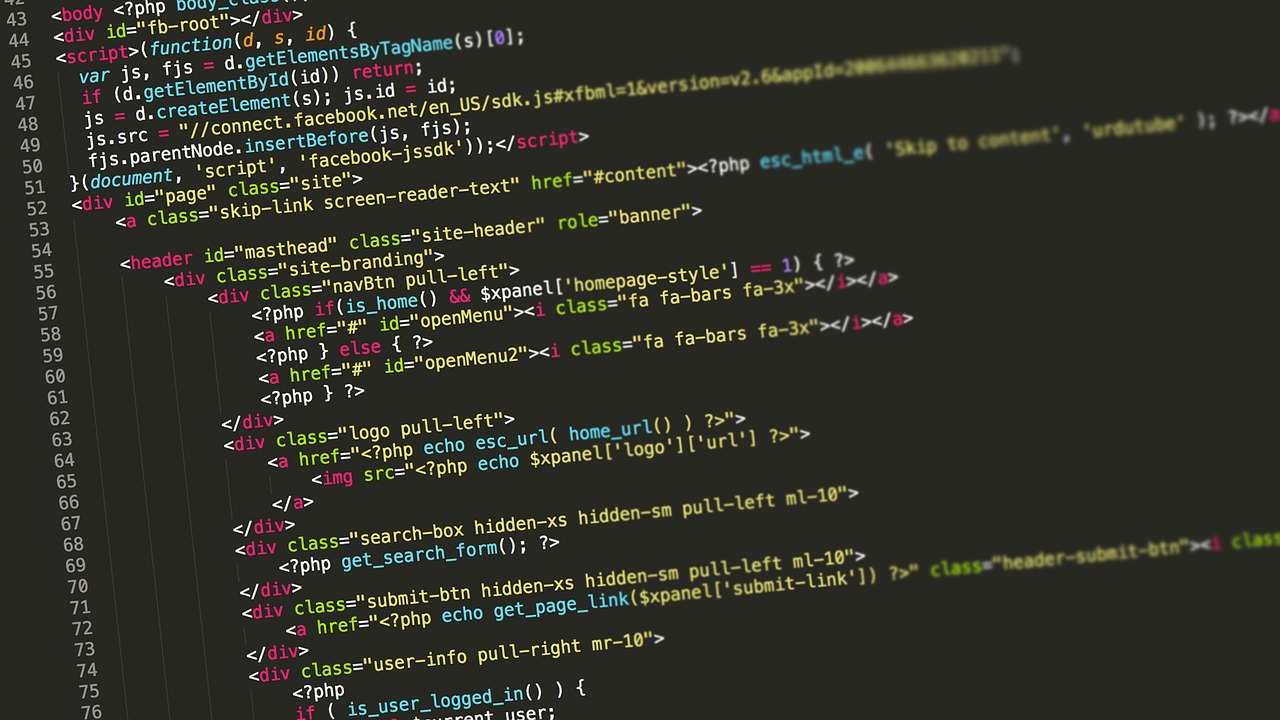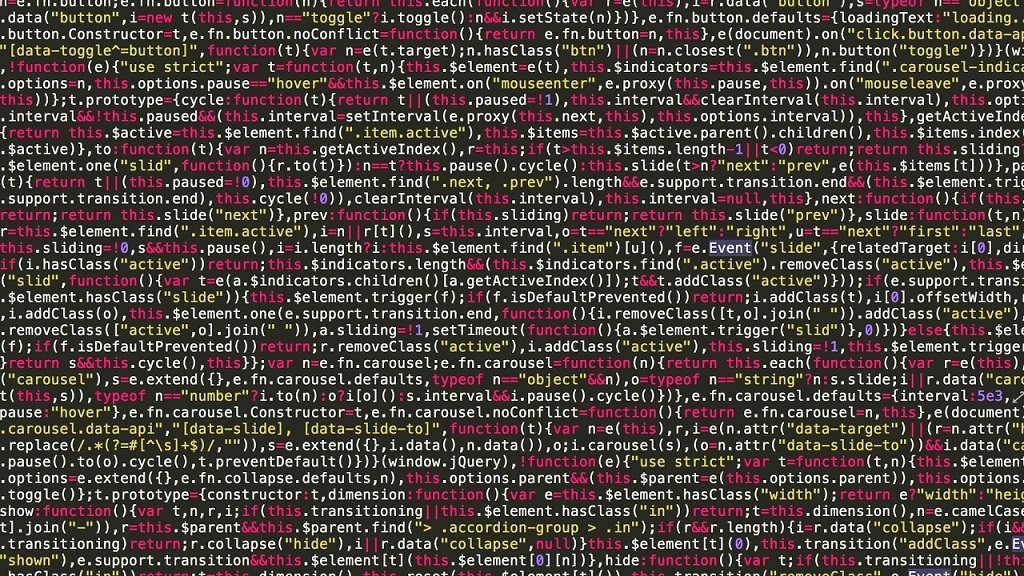Although it is not a programming language, HTML has been used for many years, which draws attention as it is the most frequently used text markup language in the internet world. This language has some common pattern codes. Let’s take a closer look at the most used HTML codes and what they do.
We come across codebases written using the HTML language in so many places that many users think it’s a programming language. However, as we have explained in our article here, HTML is not a programming language, It is a text markup language. The internet world would not be what it is today without HTML, which enables browsers to read items added to websites in a single language.
As in the everyday language we use or in special programming languages The HTML text markup language also has some common pattern codes. If you know such frequently used patterns, you will both learn this language much easier and you can make sense of it much more easily when you come across it somewhere. Let’s take a closer look at the most used HTML codes and what they do.
Most used HTML codes:
- (. . . )*
- ( . . . )*
- ( . . . )*
. . . . . .
. . .
. . .
. . .
. . .
. . .
. . . (
)*- . . .
- . . .
- . . .
-

(. . . )*
(. . . )* refers to a complete codebase document previously written using the HTML language after the three dotted fields in the code are filled.
( . . . )*
(
. . . )* refers to the beginning or preface of an HTML document after the three dotted field in the code has been filled in.( . . . )*
(
. . . )* refers to all non-post-added content in an HTML document after the three-dot field in the code has been filled.. . . . . . The three dotted field in the code refers to the title of an HTML document after it has been filled in.
. . .
. . . The three dotted field in the
code refers to the text size appropriate for the first-level heading level in the HTML document after it is filled.. . .
. . . The three dotted field in the
code refers to the text size appropriate for the second-level heading level in the HTML document after it is filled.. . .
. . . The three dotted field in the
code refers to the text size appropriate for the third-level heading level in the HTML document after it is filled.. . .
. . . The three dotted field in the
code refers to the text size appropriate for the fourth level heading level in the HTML document after it is filled.. . .
. . . The three dotted field in the
code refers to the text size appropriate for the fifth level heading level in the HTML document after it is filled.. . .
. . . The three dotted field in the
code represents the text size appropriate for the sixth-level heading level in the HTML document after it is filled.
. . . (
)*. . . After the three-dot field in the (
)* code is filled, it is used to create a paragraph in the HTML document because paragraphs are not created with keyboard movements as we know them in HTML language.The
code means end of line. The field with this code represents a blank line.At the point where the
code is used, it draws a horizontal line on the page.code is filled, the comment section is created, but the comments written here are not visible when the page is viewed.
. . .
. . . After the three-dot field in the code is filled, you add a redirect link to that code field.
The
- code creates a definition list. Codes with
- at the end of
- written one after the other; Expresses items, items, and item definitions as an ordered list.


 creates an inline image. After the name of the image is written in the image section, the image format as .gif or .jpg is added.
creates an inline image. After the name of the image is written in the image section, the image format as .gif or .jpg is added.. . .
. . . Makes the text in question bold after the three dotted field in the code is filled.
. . .
. . . Italicizes the text in question after the three dotted field in the code is filled.
Creates the font size after the three-dot field in the code is filled. The +3 field is changed according to the font size. It offers a much more effective use instead of titles in large font sizes.
The
code initializes a table. The underlined
code starts a row, the code starts a cell to enter data, the “/TD” code ends the data entry, the “/TR” code ends the line, and the “/table” code ends the table. The most used HTML codes and explaining what they mean we talked about some tricks about this text markup language. These codes, which often do not make much sense on their own, form a real code base when used in an entire HTML text.
